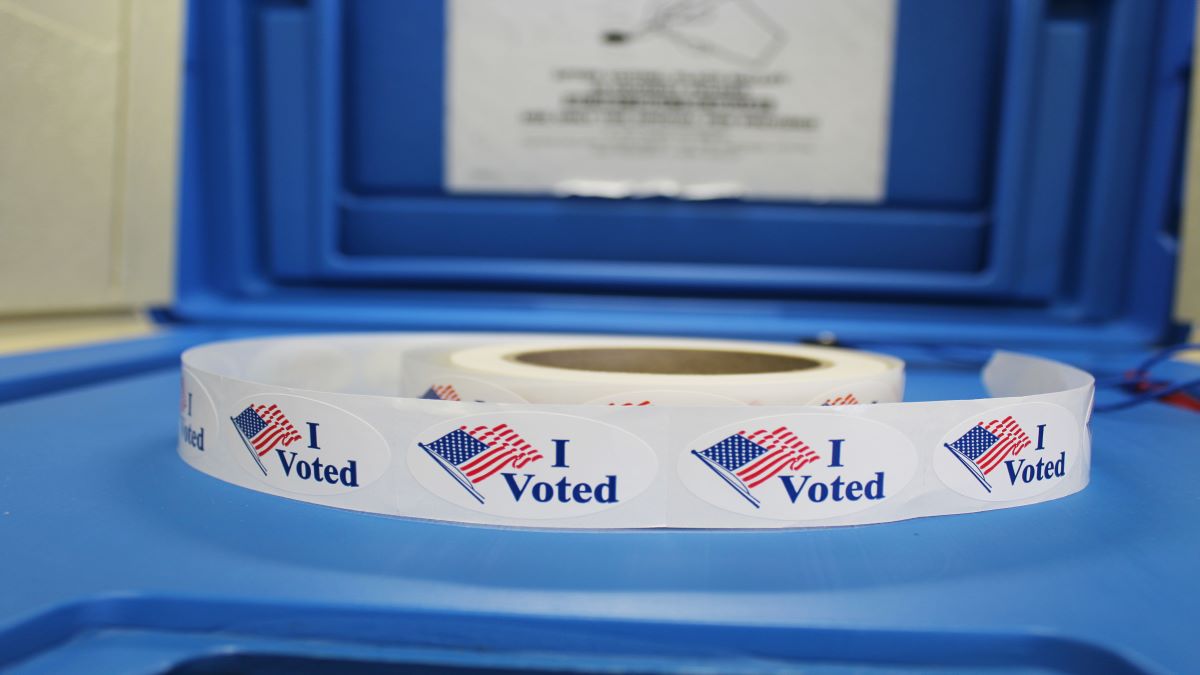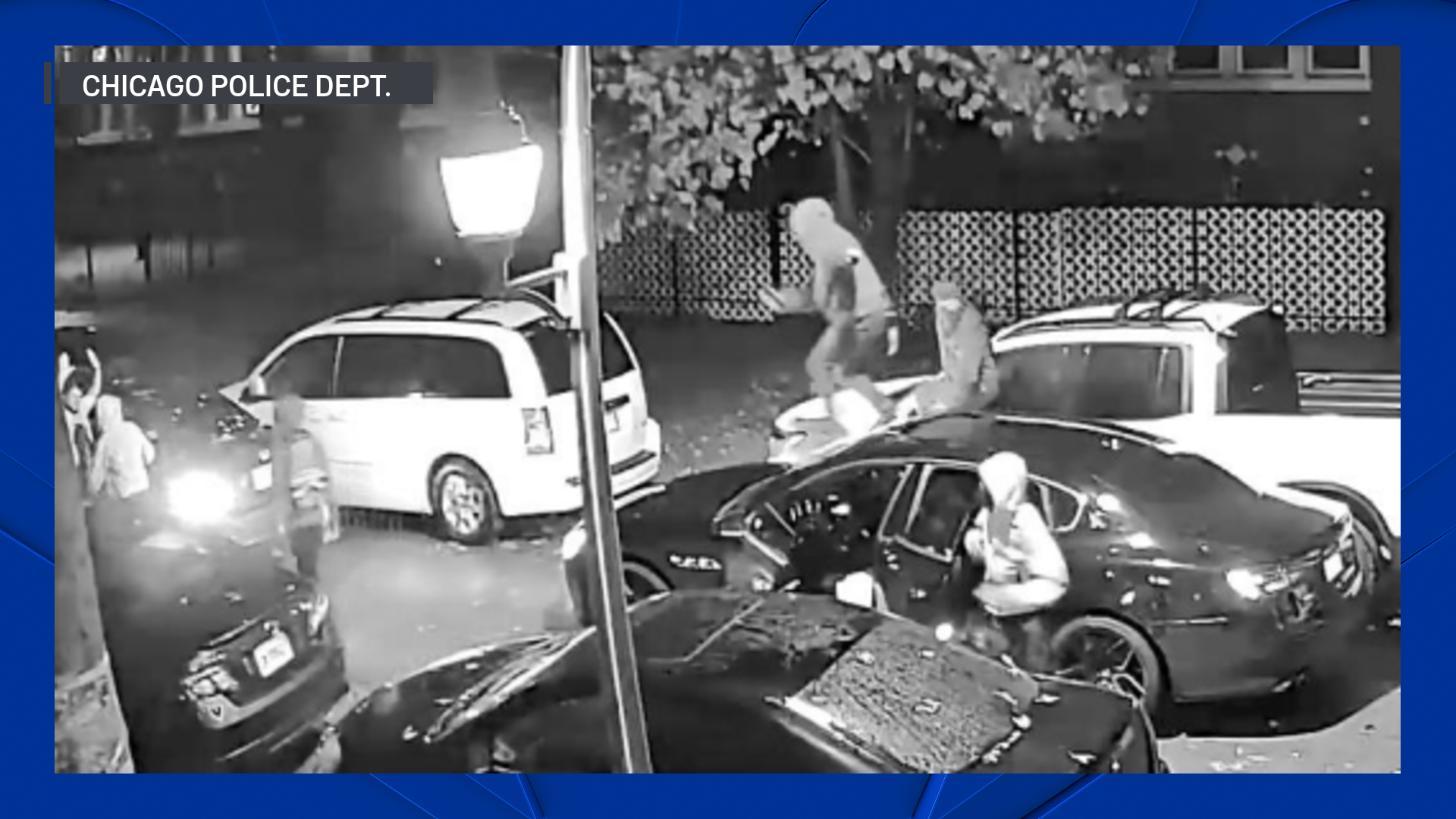Facing mounting questions over how the Highland Park parade shooting suspect was approved for a Firearm Owner's Identification card and able to legally purchase five guns despite troubling behavior previously reported to Illinois State Police, the agency's director on Wednesday defended its legal standing and explained the process for approval under state law.
Authorities on Tuesday said Highland Park police responded to the suspect's home in April 2019 after being alerted of a suicide attempt. That day, police said the then-18-year-old made no threats against himself or others and no weapons were found.
Documents obtained by NBC 5 show that in September that same year, police returned to the Highland Park home to conduct a wellbeing check after receiving a report that the suspect made a threat in the home, saying "he was going to kill everyone," the case report reads. Police noted that the suspect admitted to being depressed and to a history of drug use, but when asked if he felt like harming himself or others, he answered no.
In that incident, police seized 16 knives, a dagger and a samurai blade but returned them to the suspect's father later that day after the father said the collection belonged to him.
That same day, Highland Park police sent to ISP a "Clear and Present Danger" report on the incident. That report is a mechanism by which ISP can revoke or deny a FOID card based on reports of individuals who "if granted access to a firearm or firearm ammunition, pose an actual imminent threat of substantial bodily harm to themselves or another person(s) that is articulable and significant or who will likely act in a manner dangerous to public interest," the form reads.
ISP Director Brendan Kelly said Wednesday that once the agency receives a Clear and Present Danger report, officers determine if the subject has a FOID card or pending application, and review the information submitted. In order to determine that someone presents a clear and present danger, Kelly said the legal standard is a "preponderance of the evidence," which is a higher legal burden than probable cause.
The suspect did not have a FOID card or a pending application at the time the Clear and Present Danger report was submitted in September 2019, Kelly said. He noted that the threat of violence was reported to the Highland Park police secondhand, the suspect denied the threat and the knives were claimed by his father - all of which led police to say there was no probable cause to arrest.
Local
"So upon review of the report at that time, the reviewing officer concluded that there was insufficient information for a clear and present danger determination," Kelly said. "We have that burden that has to be met in terms of evidence - that burden could not be met with that information."
Three months later in December 2019, ISP said the suspect applied for a FOID card. Because he was under the age of 21, in order to apply, he needed an affidavit signed by a parental legal guardian, which in this case was his father.
Feeling out of the loop? We'll catch you up on the Chicago news you need to know. Sign up for the weekly Chicago Catch-Up newsletter.
"Illinois law dictates that the Illinois State Police shall issue a FOID card to an applicant that meets the statutory requirements and who has no firearms prohibitors," Kelly said. "So at the time of the FOID application approval for the individual in question, there was no new information to establish a clear and present danger: no arrests, no criminal records, no mental health prohibitors, no orders of protection and no other disqualifying prohibitors."
Kelly noted that the Clear and Present Danger reporting process, established in 1990, is distinct and separate from Illinois' Firearms Restraining Order Act, which took effect in 2019 and is commonly referred to as a red flag law.
The red flag law is a court process by which law enforcement, a family member of a FOID card holder, or another individual can petition the court for a temporary restraining order restricting firearms possession based on several factors like criminal records, orders of protection and more.
Kelly noted that the legal burden for a court to grant a firearms restraining order is higher than that of a Clear and Present Danger report, requiring "clear and convincing evidence."
"The available evidence would have been insufficient for law enforcement to seek a firearms restraining order from a court at that time," Kelly said, and ISP approved the FOID card in January 2020. "Consensus from old analysts, new analysts, we’ve vetted that multiple times, would that have met the threshold? And the consensus is no."
Authorities said the suspect purchased the weapon used in the shooting - a Smith and Wesson M&P 15 rifle - the following month in February 2020. He also legally bought three other weapons - two rifles and a shotgun - in three purchases in June and July of that year, as well as a Glock 43x handgun in September of 2021.



